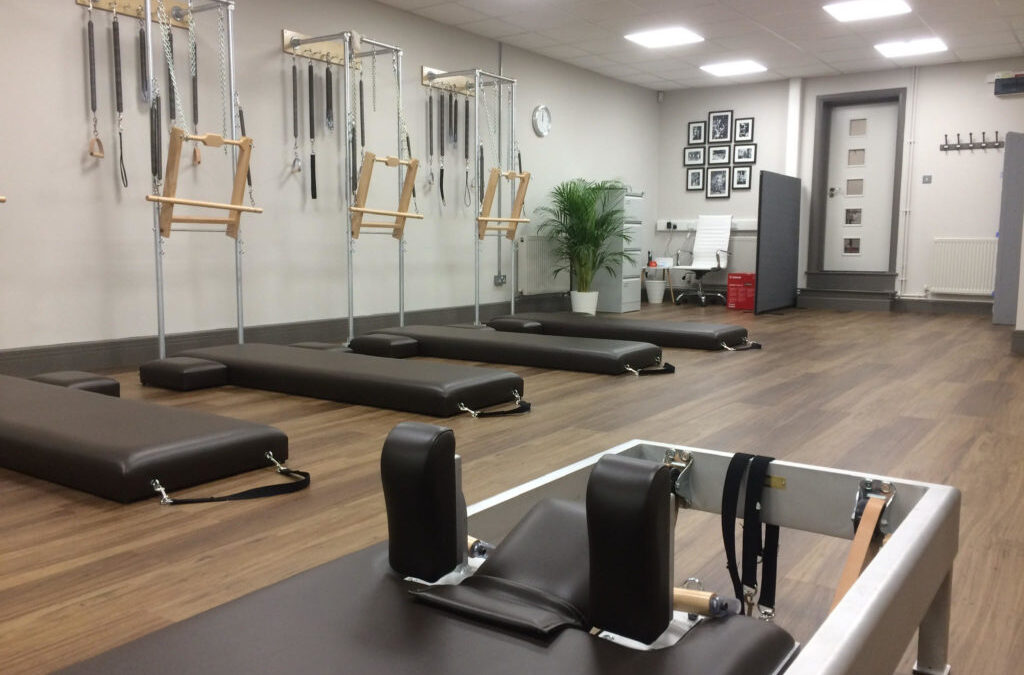Have you ever wondered about the origins of Pilates and what sets classical Pilates apart from modern approaches to the Pilates method?
In this blog post, we can outline some key differences between classical and modern Pilates, giving you an idea of what to expect from one studio to another. However, it’s important to note that no two Pilates studios are identical, as teaching styles, instructor expertise, and knowledge can all impact class delivery and the overall experience.
Speaking as a passionate Pilates enthusiast, third-generation Pilates teacher/trainer, and studio owner, authenticity is my driving force. While training as a level 3 Mat teacher during my time as a fitness instructor, we only briefly touched upon the original Pilates exercises. As long as lesson plans were considered safe and broken down into small, manageable movements, instructors could deliver Pilates classes. There’s nothing wrong with this; setting up Mat classes anywhere can bring communities together and offer fantastic benefits.
Choosing classical Pilates means signing up for authentic Pilates from teachers who have trained with teacher trainers where their lineage can be traced directly to Joseph Pilates himself. The system comprises a vast array of exercises built around studio apparatus, including the Mat, the Reformer, and other accessory equipment.
In Pilates, no single piece of apparatus is more important than another; students get started and use the apparatus that suits their needs on that day as we always teach the body in front of us.
Classical Pilates studios use classical apparatus that closely resemble Joseph Pilates’ prototypes, unlike modern equivalents adapted for contemporary practice. The available apparatus can help a body make significant progress in their practice and make small but positive physical changes.
Modern Pilates instructors may teach exercises that have no set order, while classical Pilates teaching follows a hierarchical system where students progress through a set curriculum. Students may be encouraged to learn and memorize mat exercises in the order laid out in ‘Return to Life’ by Joseph Pilates, to enhance their effort during homework and continue their practice outside of the studio.
The benefits of learning the classical Pilates method are numerous. You receive authentic Pilates that engages your entire body, serves as a mental workout, and is based on a system that has not only stood the test of time but continues to provide comprehensive, dynamic movement experiences.
As you learn the exercises, you progress through them with flow and rhythm, giving you a seamless workout. Classical Pilates engages all your mental faculties, including intelligence, imagery, intuition, will, and memory, creating a uniquely enriching and satisfying experience.
Moreover, classical Pilates studios are typically quiet, which enhances concentration and helps you access your mind’s intelligence and focus on engaging in classical Pilates provides an authentic, comprehensive approach to the Pilates method that engages your entire being.
Whether you’re a seasoned practitioner or new to Pilates, give classical Pilates a try and experience the benefits for yourself.


Recent Comments